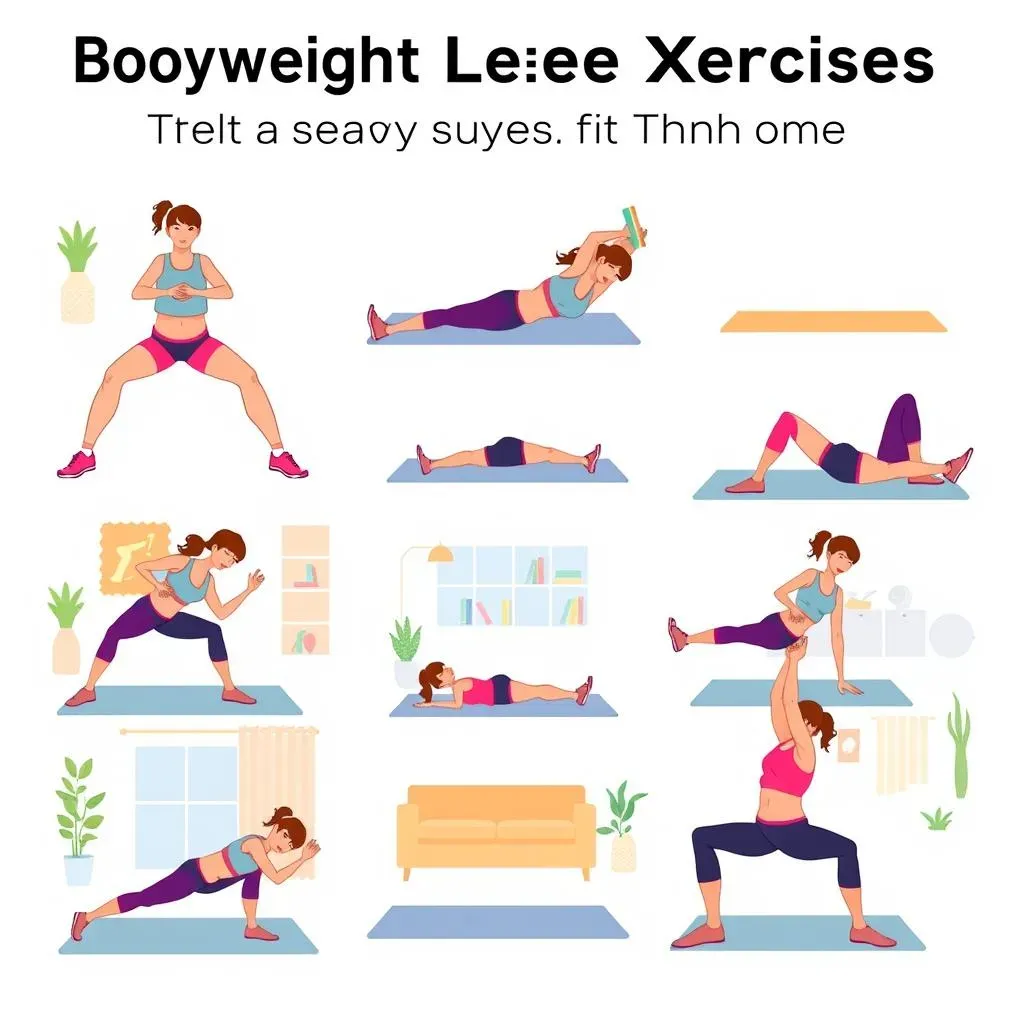Table of Contents
Ever feel like your legs are dragging you through life instead of carrying you? You're not alone. Whether you're a seasoned athlete or just trying to make it up the stairs without huffing and puffing, strong legs are the foundation of a healthy, active life. And guess what? You don't need a fancy gym to build them. We're diving into the world of leg workouts at home for recovery, showing you how to get those muscles working without any equipment. This isn't about punishing yourself; it's about building strength, improving mobility, and, yes, even making those post-workout aches a little less awful. We’ll walk through why leg strength is so crucial, how to craft an effective at-home workout, and give you a list of 31 bodyweight exercises to get you started. Plus, we’ll tackle the recovery side of things, because let’s be honest, nobody enjoys walking like a robot after leg day. So, ditch the excuses, find a little space, and let's get those legs moving!
Why Leg Strength Matters: More Than Just Looking Good
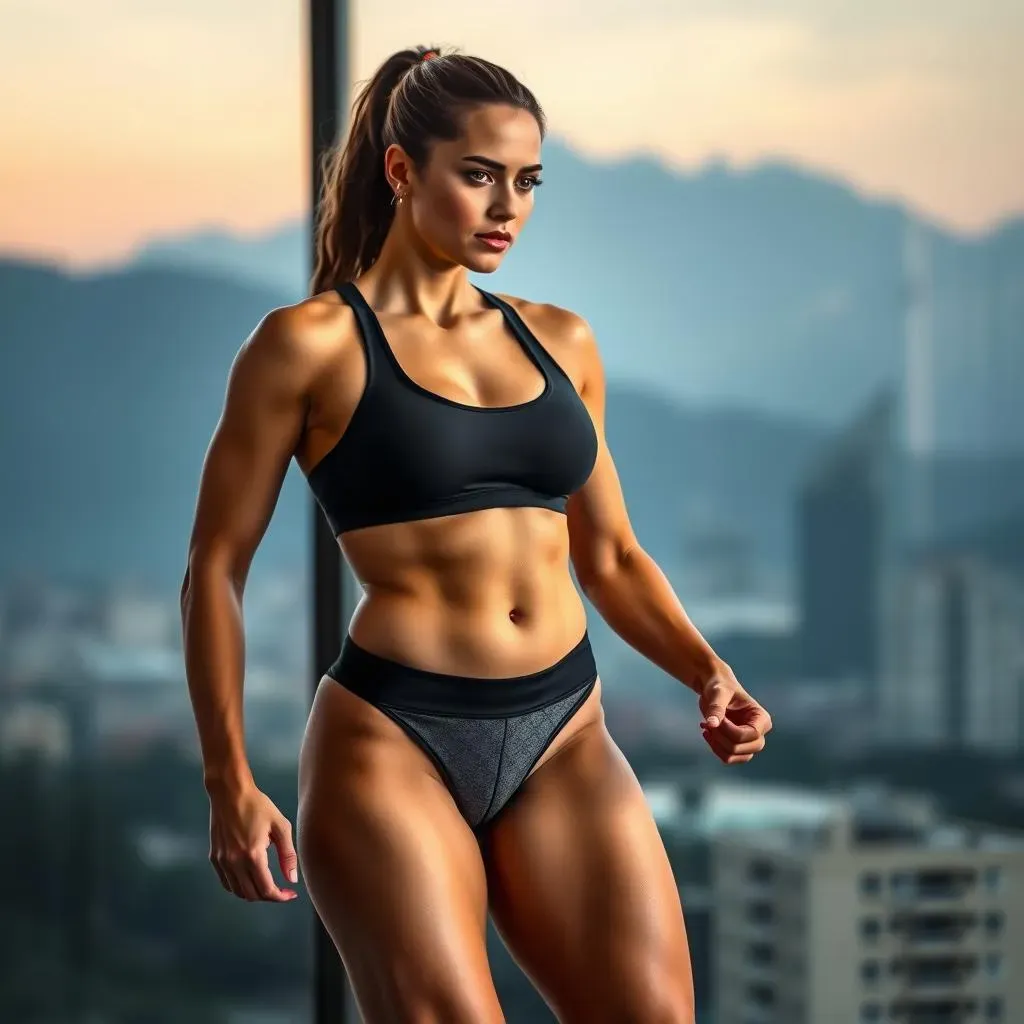
Why Leg Strength Matters: More Than Just Looking Good
More Than Just Aesthetics
Let's be real, who doesn't want a nice set of legs? But focusing solely on aesthetics is like judging a book by its cover. Strong legs are the foundation for so much more than just looking good in shorts. Think about it, your legs are your body's workhorses. They carry you through life, literally. From walking to the mailbox to chasing after your kids, they're always on the go. Ignoring leg strength is like building a house on a shaky foundation; sooner or later, things are going to crumble, or at least feel really hard.
I used to skip leg day, thinking it was all about biceps and abs. Boy, was I wrong! Once I started focusing on my legs, I noticed a huge difference in everything I did. I could hike longer, carry groceries easier, and even felt more stable just standing around. It wasn't just about the mirror anymore; it was about feeling powerful and capable in my own body.
The Real-World Benefits
Beyond the everyday stuff, powerful legs play a huge role in overall health and fitness. They are crucial for balance, which reduces your risk of falls as you age. Strong leg muscles also help support your joints, taking pressure off your knees and ankles. And here's a cool fact: leg workouts burn a ton of calories, making them a great way to manage your weight. It's like hitting three birds with one stone – strength, stability, and calorie burning all wrapped up in one leg workout. Who wouldn’t want that?
Think about older adults; the ability to stand up from a chair, walk without assistance, and maintain balance are all directly linked to leg strength. It's not just about young, fit people. It’s about everyone, at all ages. So, let's stop thinking about leg day as a chore and start seeing it as an investment in our long-term health and well-being. I’ve seen people transform their lives just by dedicating some time to their legs. It’s that powerful.
Benefit | Why it Matters |
|---|---|
Improved Balance | Reduces risk of falls, especially as you age. |
Joint Support | Takes pressure off knees and ankles, preventing injuries. |
Calorie Burning | Helps manage weight and boost metabolism. |
Functional Strength | Makes everyday activities easier (walking, climbing stairs, etc.). |
Building Your Own Leg Day: No Gym Required
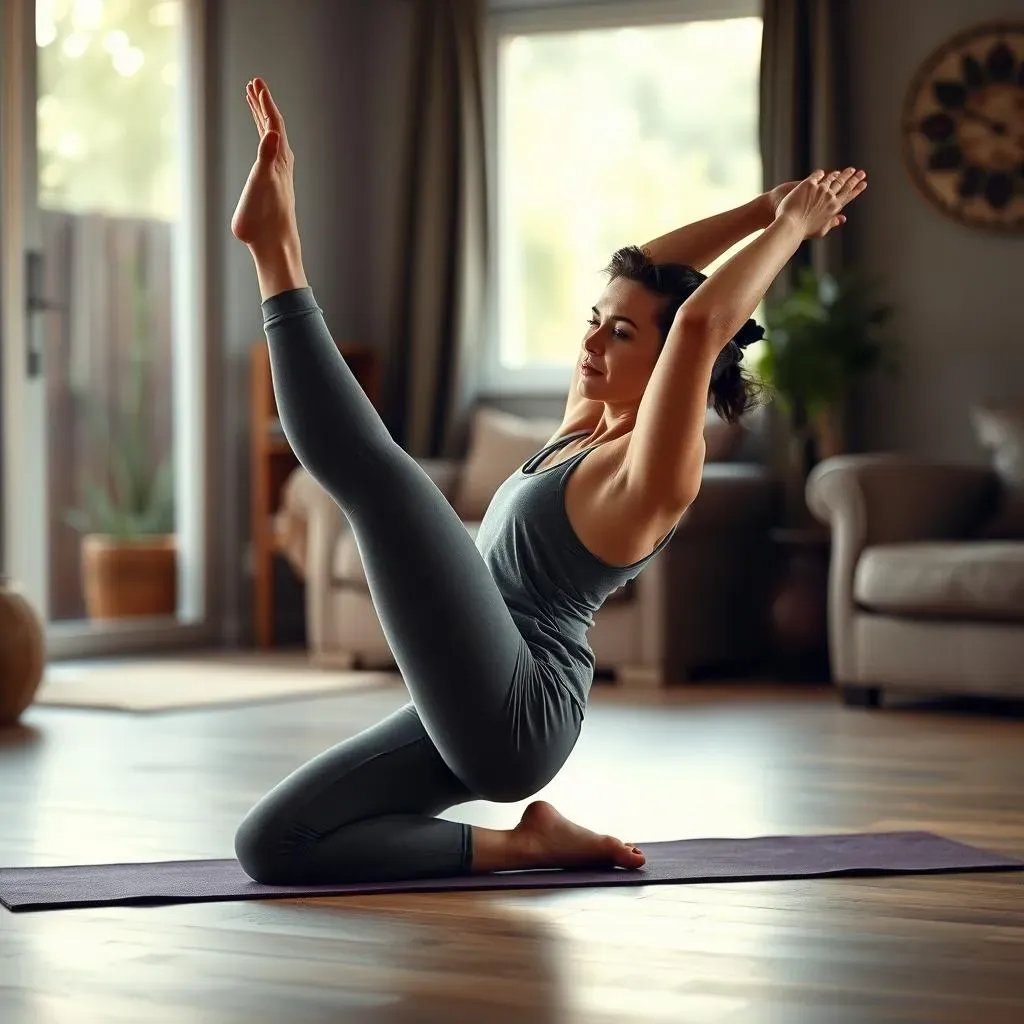
Building Your Own Leg Day: No Gym Required
Okay, so you're convinced that leg day is important, but the thought of hitting the gym makes you want to hide under the covers? I get it. The good news is, you can build seriously strong legs using just your bodyweight. It's all about smart exercise selection and knowing how to challenge yourself. Forget the fancy machines and expensive memberships. We’re going back to basics, using gravity and your own muscles to create an effective leg workout. Think of your body as your own personal gym – always available, and always free. This is where calisthenics shines, offering a fantastic way to improve strength and endurance without any equipment at all. It's not just for beginners either. You can make bodyweight training hard for even the most advanced athlete.
The key to a solid at-home leg workout is to mix things up. Don't just stick to squats (though squats are awesome). You need to hit your legs from different angles and with various movements. This means incorporating single-leg work (like lunges), explosive movements (like jump squats), and both hinge (like glute bridges) and squat variations. It's like cooking a great meal; you need a variety of ingredients to make it delicious and nutritious. And don’t forget about the gluteus medius, the smaller but important muscle on the side of your hip. Exercises like lateral lunges and curtsy lunges are perfect for targeting this muscle and boosting your overall leg strength and stability. Trust me, your legs will thank you for the variety.
A good rule of thumb is to alternate between hinge and knee-dominant movements. This ensures you're working all the major muscle groups in your legs. Aim for 4-7 exercises in each workout. If you're just starting, 2 sets of 12-15 reps is a great place to begin. As you get stronger, you can work your way up to 3-4 sets. Remember, quality over quantity. Focus on proper form to get the most out of each rep and prevent injuries. It’s not a race; it’s a journey. And it's a journey you can take in your living room, backyard, or anywhere else you have a little space.
Movement Type | Examples | Why It's Important |
|---|---|---|
Squat Variations | Air Squats, Jump Squats, Pistol Squats | Works quads, glutes, and hamstrings |
Lunge Variations | Forward Lunges, Reverse Lunges, Lateral Lunges | Improves balance and single-leg strength |
Hinge Movements | Glute Bridges, Single-Leg Glute Bridges | Targets glutes and hamstrings |
Explosive Movements | Jump Squats, Plyometric Lunges | Builds power and explosiveness |
31 Bodyweight Leg Exercises: Your AtHome Arsenal
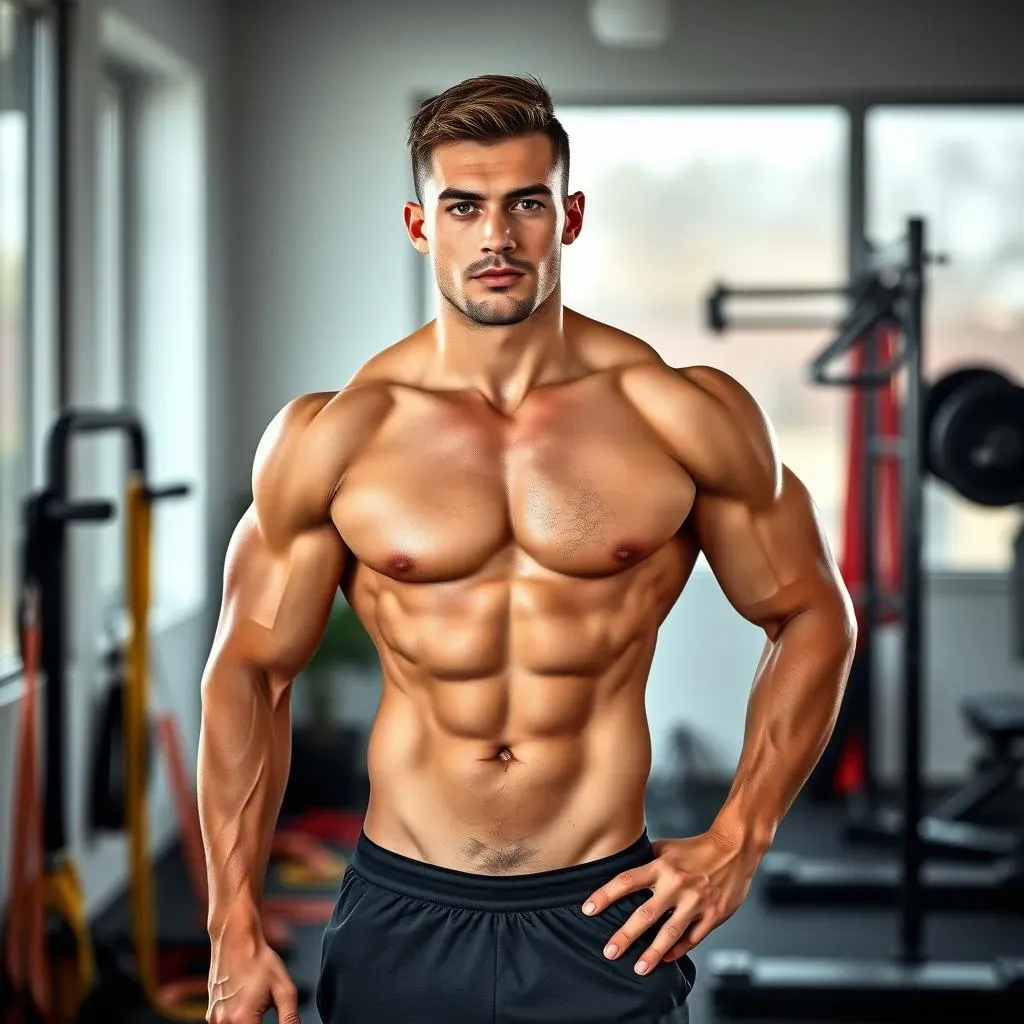
31 Bodyweight Leg Exercises: Your AtHome Arsenal
Alright, let's get to the fun part – the exercises themselves! We're not just talking about boring old squats here. We've got a whole arsenal of 31 bodyweight leg exercises that can be done anywhere, anytime. These are your secret weapons for building strong, powerful legs without ever stepping foot in a gym. From classic squats and lunges to more challenging variations, there's something here for everyone. And the best part? You can mix and match these exercises to create endless workout combinations, keeping your routine fresh and exciting. I've personally tried all of these, and trust me, they work! It's not about doing them all at once, but rather incorporating them into your workout plan and mixing it up.
I'm serious, I've seen people transform their bodies using just these exercises, and I'm excited for you to experience it too. Remember, these are all bodyweight moves, so focus on your form. Quality over quantity, always. If you're unsure about any of the exercises, take a quick look at a video online, it's a quick way to learn and improve your technique. Let's break it down, shall we? We've got the basics like air squats, lunges, and glute bridges. But then we kick it up a notch with variations like jump squats, pistol squats, and curtsy lunges. And for those of you looking for extra challenge, we've got single-leg options that'll really test your balance and strength. So, get ready to explore the world of bodyweight leg workouts, and prepare to be amazed at how effective these moves can be.
Exercise Type | Examples | Benefit |
|---|---|---|
Squats | Air Squats, Jump Squats, Pistol Squats | Builds overall leg strength and power |
Lunges | Forward Lunges, Reverse Lunges, Lateral Lunges | Improves balance and single-leg strength |
Glute Bridges | Glute Bridges, Single-Leg Glute Bridges | Strengthens glutes and hamstrings |
Calf Raises | Standing Calf Raises, Single-Leg Calf Raises | Targets calf muscles for added definition |
Other | Step-Ups, Curtsy Lunges, Wall Sits | Adds variety and targets different muscle groups |
Recovery and Avoiding the Dreaded "Leg Day" Soreness
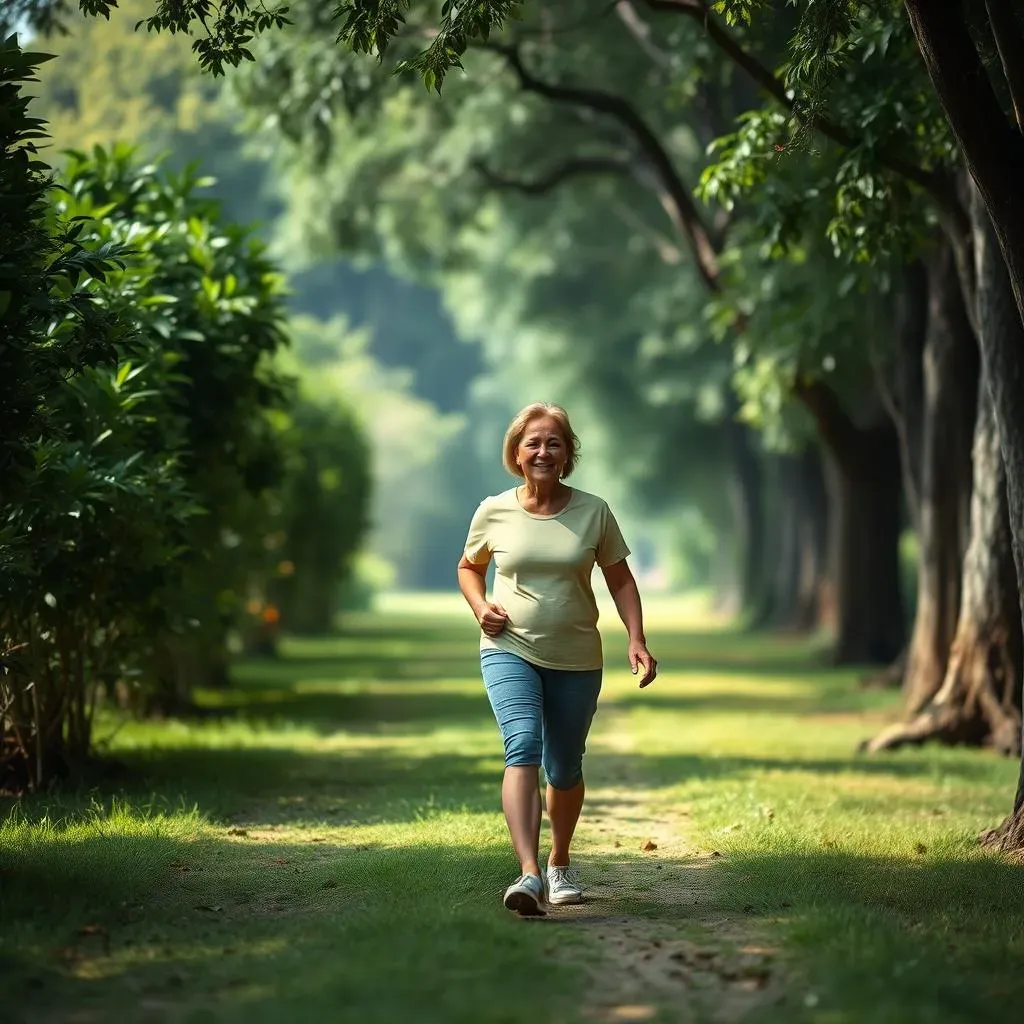
Recovery and Avoiding the Dreaded "Leg Day" Soreness
The Importance of Rest and Recovery
Okay, so you’ve crushed your leg workout, feeling like a superhero, right? But then, the next day hits, and suddenly, walking feels like scaling Mount Everest. That’s where recovery comes in. It's not just about collapsing on the couch; it’s about actively helping your muscles repair and rebuild. Think of it like this: you've just built a new house (your muscles), and now you need to give it time to settle and become stronger. Ignoring recovery is like skipping the cement and hoping the walls stay up. It’s not going to end well, trust me. I've had my fair share of hobbling around after intense leg days, and now, I’ve learned the hard way that recovery is just as crucial as the workout itself.
Your body is adapting to the workout, and the soreness you feel is actually a sign of muscle damage, which is normal. But, you need to support your body’s natural healing process to make the most of your efforts. It’s not just about avoiding pain; it’s about optimizing your performance and making sure you’re ready for your next workout. And, let’s be honest, nobody wants to be walking like a stiff robot. The goal is to recover smarter, not just longer. So, let's explore some practical tips to make your recovery as effective as your workout.
Tips for Faster Recovery
So, what can you actually do to speed up recovery and minimize that post-leg-day soreness? First off, don't just sit still. Light activity, like a gentle walk or some easy stretching, can actually help reduce soreness by increasing blood flow to your muscles. Think of it like a gentle massage for your legs. It’s not about pushing yourself; it's about getting the blood moving. I usually try to incorporate some light yoga or a short walk the day after a hard leg workout. It makes a huge difference.
Another key part of recovery is proper nutrition. Your muscles need protein to rebuild, so make sure you're getting enough in your diet. Hydration is also crucial, as water helps flush out waste products from your muscles. And don’t underestimate the power of sleep! When you sleep, your body releases growth hormones that help repair and rebuild muscle tissue. Aim for 7-9 hours of quality sleep each night. It’s like giving your body a full-service spa treatment. So, remember, recovery is not a luxury; it's a necessity. It's an investment in your body's ability to adapt, grow, and become stronger.
Recovery Strategy | Why It Works |
|---|---|
Light Activity | Increases blood flow, reduces soreness |
Stretching | Improves flexibility and muscle recovery |
Proper Nutrition | Provides building blocks for muscle repair |
Hydration | Flushes out waste products |
Sleep | Releases growth hormones for muscle repair |
